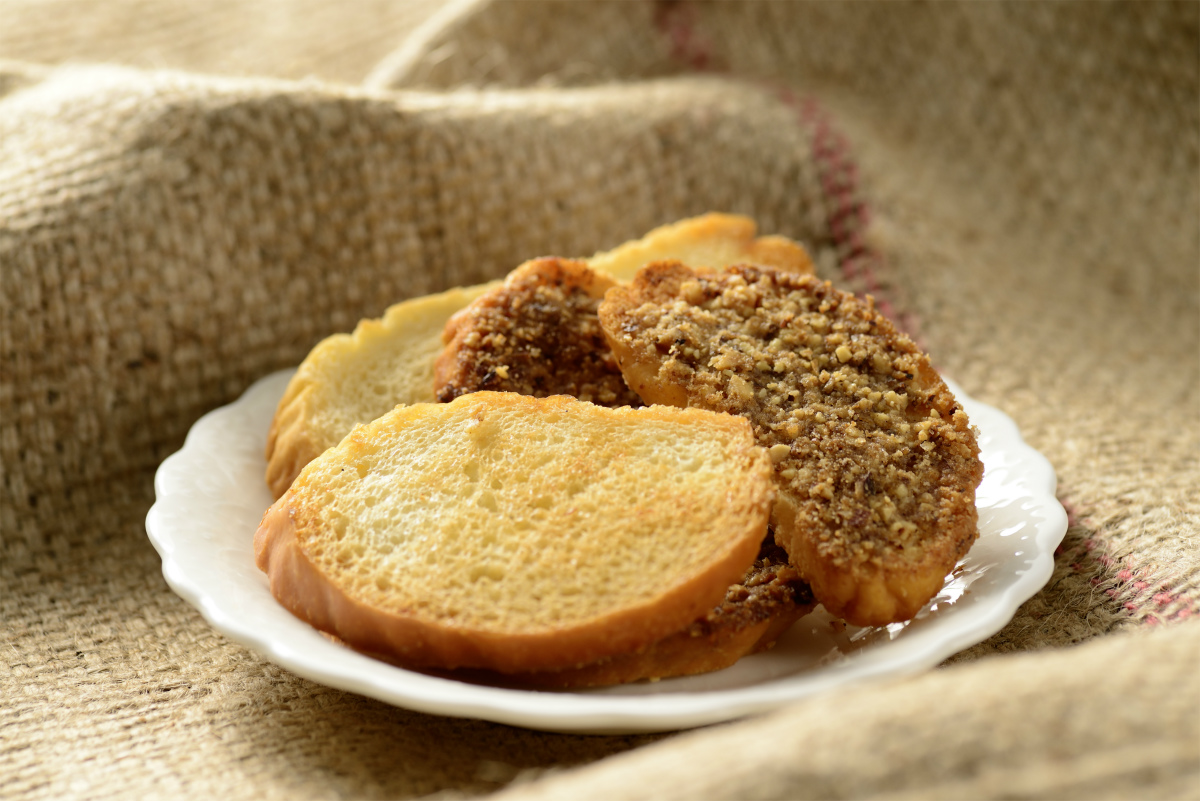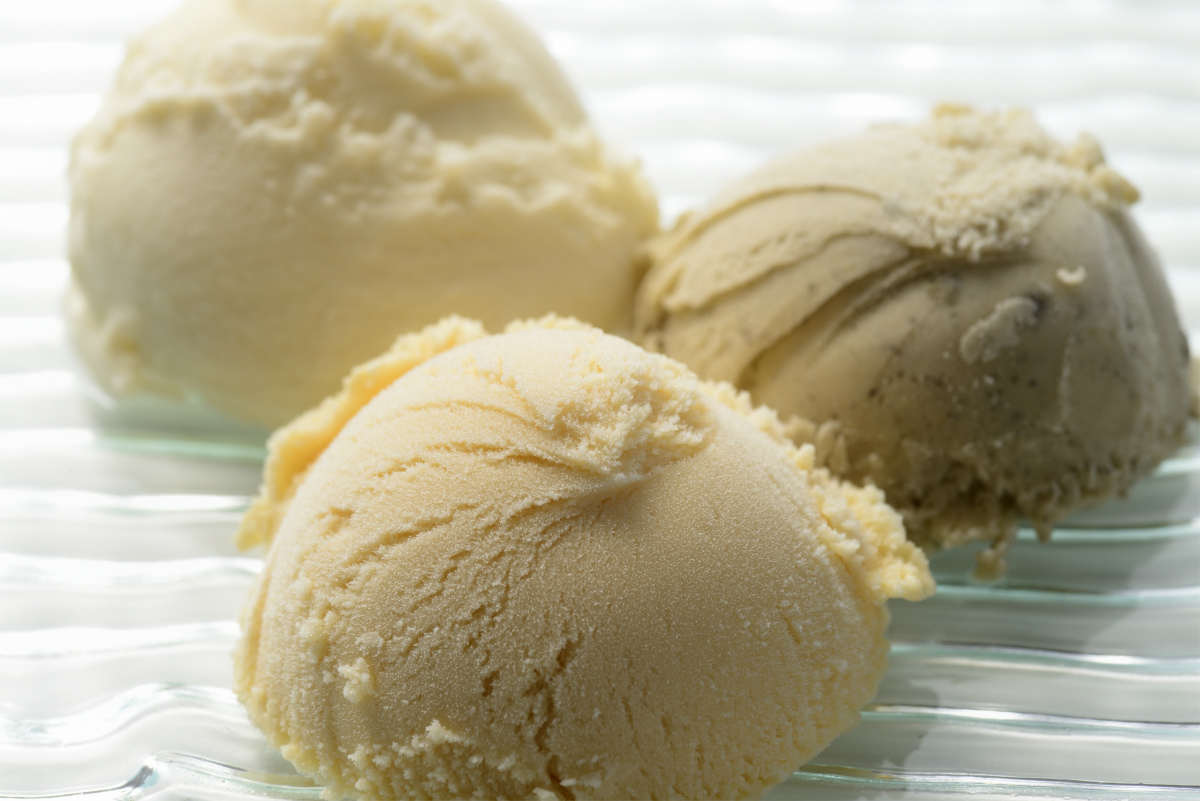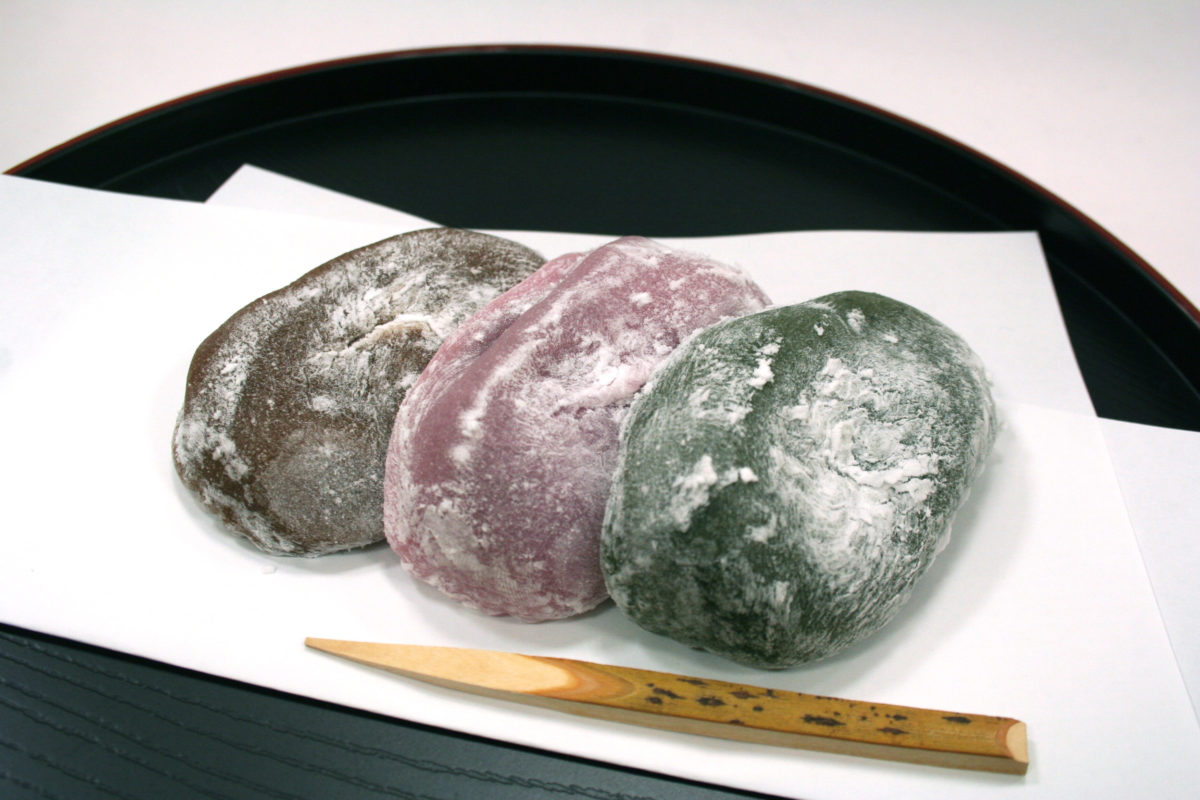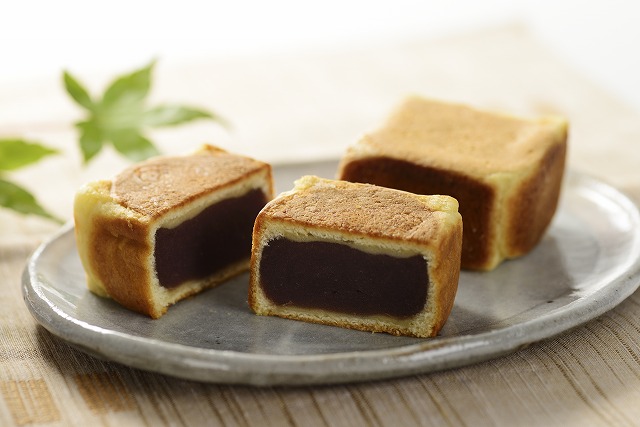Wakasa Seafood
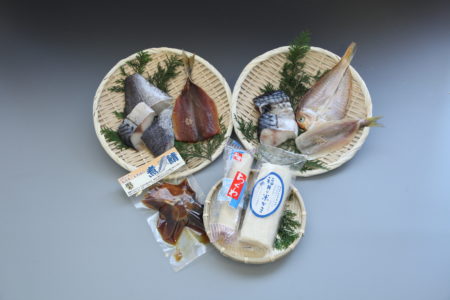
The Wakasa region has always been praised for its fresh seafood and rich culinary culture. Wakasa Fugu Blowfish (Nov. to Mar.), Wakasa Tilefish (Aug. to Oct.), mackerel (Mar. to Dec.), halfbeak (Apr. to Aug.), and many varieties of squid (spear squid from winter through spring, red squid from spring through summer, oval squid from summer through fall, and more). There are various delicacies unique to the region, such as heshiko, kamaboko (fish paste) and many kinds of dried seafood made from fresh catches, which is a great way to enjoy the flavors of Wakasa at home, too.
“Wakasa Fugu Blowfish”
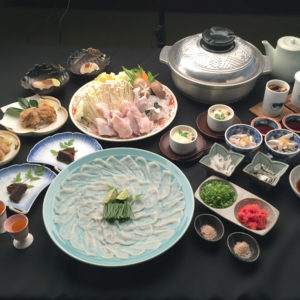
Takahama is the birthplace of Wakasa’s blowfish cultivation. The rough waves of the sea massage these blowfish to give them firm, tasty meat, and visitors can enjoy portions in sizes to be expected of where they’re produced. There are also traditional restaurants serving full course sets of fugu blowfish cooked in a variety of ways, and many people travel from afar to try this local delicacy.
“Wakasa Guji” Red Tilefish
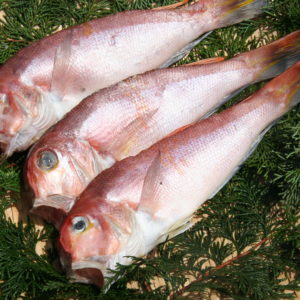
Wakasa guji, or Wakasa red tilefish, is a local delicacy that is a favorite among the locals. Often served in minshuku inns and many restaurants, the Red Tilefish are caught from summer to autumn, and their elegant sweet flavor and graceful appearance has made this fish a high-quality ingredient used in kyo-riori (local cuisine of Kyoto).
Fresh from the fields!
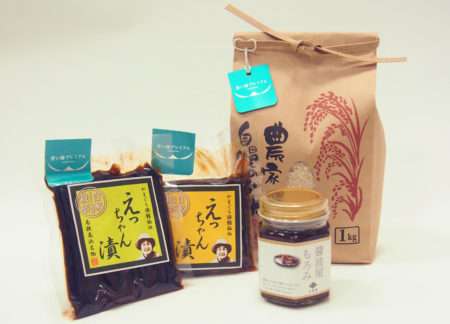
Takahama is blessed with abundant nature, offering a bounty of seasonal fruits and vegetables. From spring to summer, you can savor the taste of fresh fruits, tomatoes and other mountain vegetables. The famous Koshihikari rice originated in Fukui prefecture, and you can enjoy the fresh rice from the end of summer to fall.
Another speciality of the town is Tochu Tea, which is praised for its health benefits and is produced from the local tree of the town, and can be enjoyed all year round at minshuku Inns and restaurants. In addition, there are many delicacies unique to Takahama, such as original soy sauce made with traditional brewing techniques and miso paste made with the Japanese citrus yuzu.
” Tochu tea ”
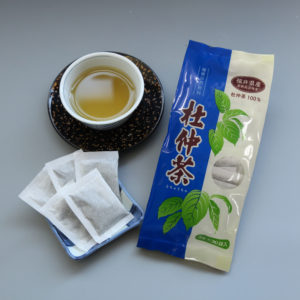
A speciality of the town, Tochu Tea, also known as diet tea comes from the Eucommia ulmoides tree, and as the trees grow wild in Takahama, the local tea is 100% domestically produced, using only tea leaves grown in the town. The tea is praised for its many health benefits and has been used in traditional Chinese medicine since ancient times, and earned the nickname “diet tea” due to the fact that it enhances metabolism and reduces fat.
It is rich in minerals such as vitamin C, calcium, and iron, and is easy to drink, so the locals drink it on a daily basis.
Sweets
Takahama boasts many long-established traditional Japanese sweet shops, and their family recipes have been passed down through the ages for generations. Each shop produces its own original sweets, all characterized by their unique flavors that change throughout the seasons. Apart from Japanese sweets. There are also many local sweets to enjoy, such as homemade gelato made with fresh fruits, award-winning roll-cakes, handmade French confectionery and a variety of sweet breads loved by the locals.

